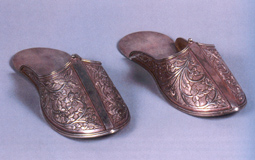
Advocacy, Craftspersons/ Artisanal, Employment/ Livelihood, Entrepreneurship, Business Devt.
Golden Thread of Assam: Present and Future
Saikia, Manjushree
Issue 10,Summer 2023
Issue #10, 2023 ISSN: 2581- 9410
Introduction: Lush green North east of India is a home to many indigenous communities and green practices. Seven sister states and a brother state combined, they mainly produce 3 types of indigenous silks: Eri, Muga and Mulberry. While Eri silk is widely cultivated throughout the region and is getting popular due to its rich properties and high demand in the market, Muga is the silk in the region that is produced only in the state of Assam. In 2012, Muga got the GI tag of Assam, known for its natural golden hue and its one of the most expensive silk in the entire region, also called ‘Golden thread of Assam’.
History: The history says that Muga silk was introduced by Tibeto-Burmans and later got popular with the Ti-Ahom dynasty who ruled in Assam (1228-1826 AD) from which Axom or Assam was named after. Muga was a symbol of royalty and status that time, only royal families and high officials were allowed to wear it. With popularity among the upper class people of the states, the Royal palace used to stock Muga to present or show it to other foreign courts and dignitaries for trading. With time, that increased the demand for the Muga fibre and fabric. Muga farming needs a lot of attention as it's not completely wild, semi domesticated. On special demand, lands were allotted to cultivate forests of Som and Sualu trees on which Muga silkworms are fed and taken care of. Special attention was given to Muga ...
This is a preview. To access all the essays on the Global InCH Journal a modest subscription cost is being levied to cover costs of hosting, editing, peer reviewing etc. To subscribe, Click Here.



